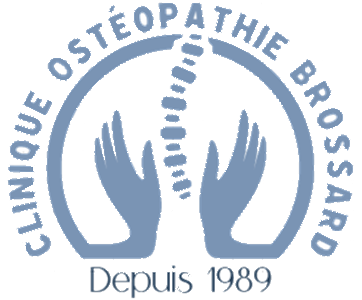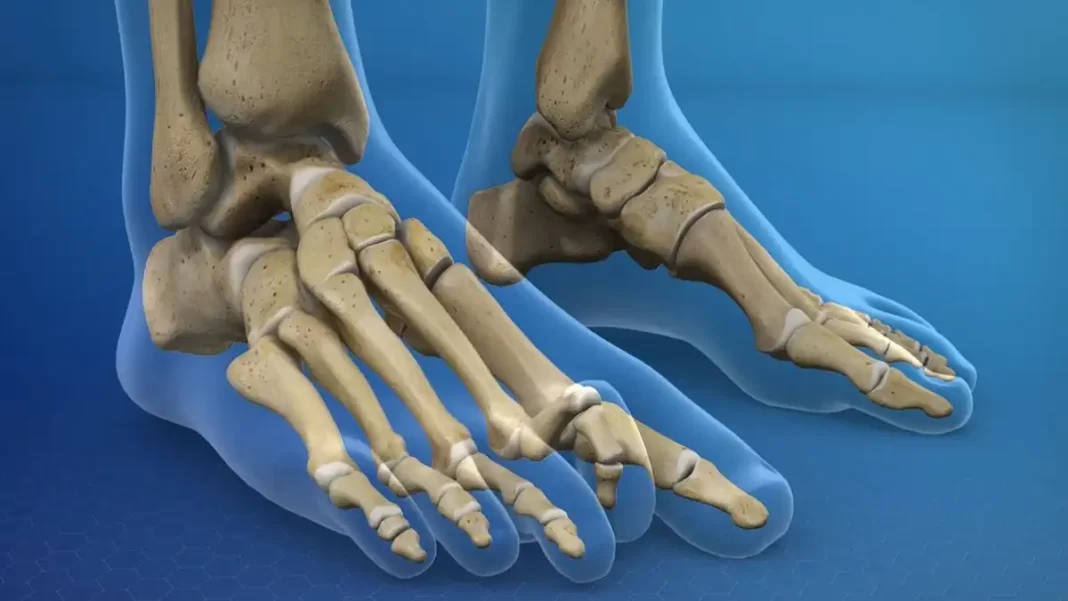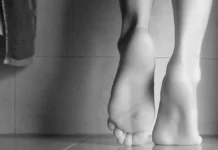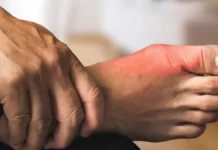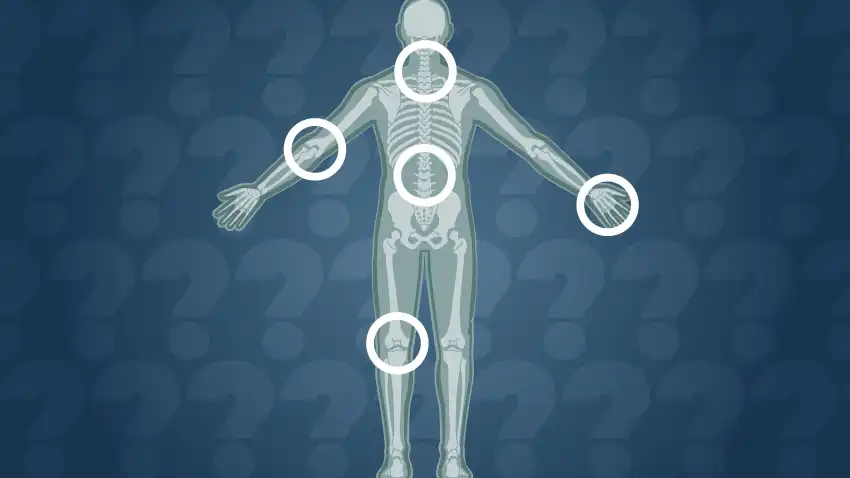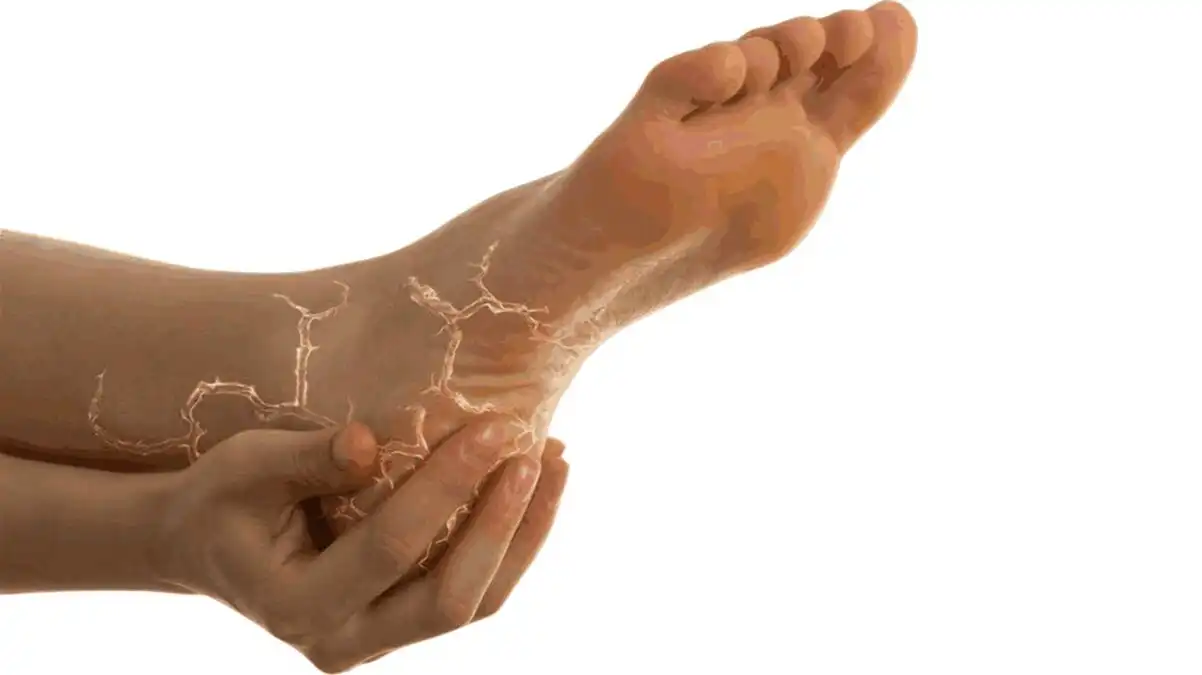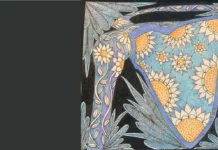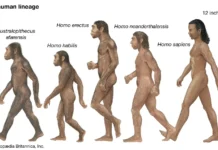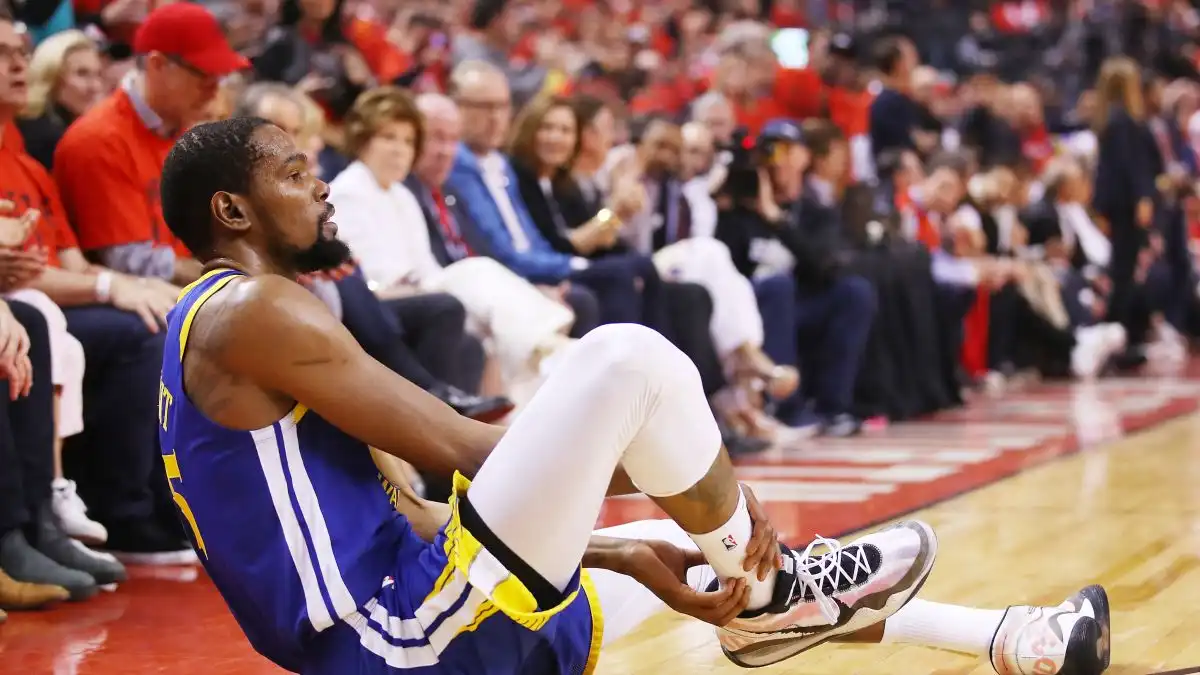A claw toe is a common deformity of the foot. The toes bend in a claw-like position. This misalignment of the toes will result in them digging into the soles of the shoes, creating painful calluses on the tops or tips of the toes.
- Claw toe deformity will cause the following malpositions:
- Extension of the metacarpophalangeal joint
- Flexion of the proximal and distal interphalangeal joints

- This will cause additional pressure on the surface of the foot to form:
- A callus under the foot in the distal metatarsal region
- Corns on the foot in the distal region of the proximal first phalanx
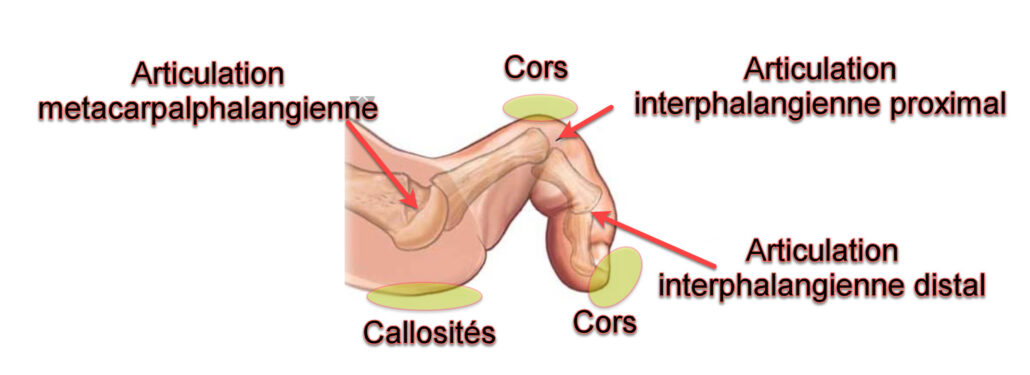
Cause
- Narrow shoe
- High heel: The higher the heel, the smaller the toe box, the more the toes flex. Tendons can actually shorten, making straightening the toes more difficult.
- Alcoholism: Nerve damage from alcoholism can weaken the muscles in the foot, which can lead to clawed toes or other deformities.
- Diabetes: Ulcers caused by additional pressure can become infected.
- Cerebral palsy: This condition affects the held muscles.
- Charcot-Marie-Tooth disease: This type of inherited muscular dystrophy, also known as Charcot’s foot, causes muscle and nerve damage and can cause various foot problems, including claw toes.
- Rheumatoid or osteoarthritis: Ligaments weakened by arthritis inflammation can lead to foot problems such as claw toes.
- Polio
- Stroke: A stroke can cause imbalances in the foot, resulting in claw toes.
Exercise
Toe extension:
With the help of a medium-sized ball under the toes on the floor, stretch them out in extension. Be delicate at the beginning, possibly keep the position 30 seconds and repeat a few times a day.


